What To Do In Case Of A Natural Disaster In Japan - Tips For Travelers

In Japan, earthquakes, typhoons, and other natural disasters are frequent. Part of smart travel includes preparing for emergencies; learn what to do, what to expect, and where to go in the case a disaster occurs in the area you're visiting.
Natural Disasters in Japan

photo by Pixta
Natural disasters occur all over the world, and, unfortunately, are unavoidable. It is the same in Japan as well, where earthquakes and tsunamis happen.
This article introduces different natural disasters which occur in Japan, times and places they usually occur, and what to know during an emergency situation for safety.
Read this article as part of travel preparation in case an emergency occurs, to be able to respond in a manner that will help you stay safe.
Earthquakes in Japan
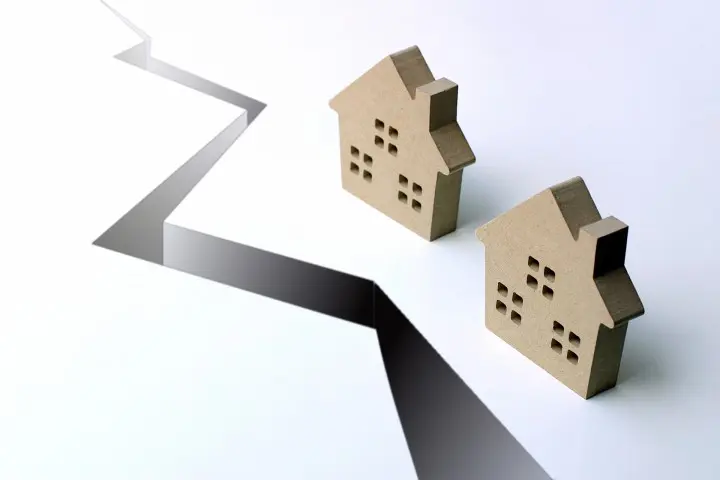
Japan is a country where earthquakes occur often. The country is particularly suseptible due to its location on the Circum-Pacific Belt, also known as the Ring of Fire, where the majority of the world's quakes happen.
For example, on September 1, 1923, the Kanto Region was hit with the Great Kanto earthquake; on January 17, 1995, there was another large earthquake, the Great Hanshin earthquake, centered in Kobe. On March 3, 2011, the 2011 Tohoku earthquake struck the Tohoku Region. In April 2016, another earthquake occurred in Kumamoto.
In addition to strong earthquakes, weak tremors are common throughout the country throughout the year. There is no season for earthquakes and they are impossible to predict.
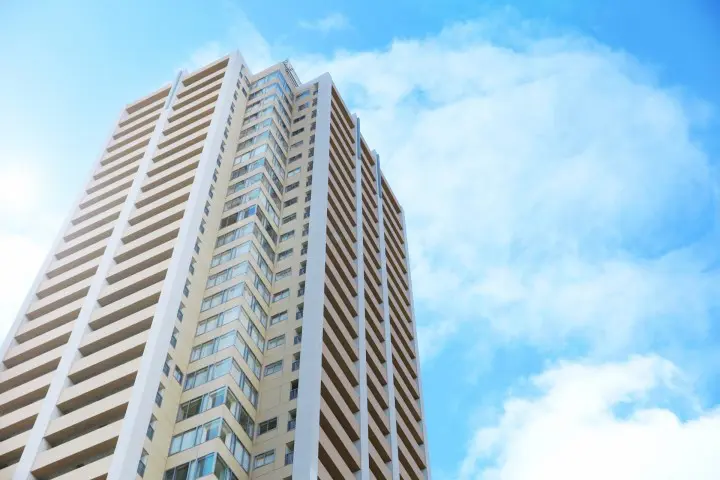
Due to the randomness of when, where, and how strong of an earthquake will occur, proper preparation is key. Japan has strict codes for buildings to determine how strong and sturdy all buildings have to be for design and construction. Structures must be able to bear strong tremors caused by large-scale earthquakes, thus preventing and reducing any possible danger.
In addition, local governments, schools, and large-scale facilities prepare instruction manuals in case of an emergency and regularly practice safety drills as part of their preparing for dangerous situations.
What to Expect During an Earthquake
If an earthquake occurs while you are traveling in Japan, it will be scarier and more difficult as you are in an unfamiliar country and not at home.
In case of an earthquake, do not move while or directly after the quake happens. To prevent anything from falling on your head, get away from objects that could fall on you, protect your head and neck. If you can, get under a sturdy desk for extra protection. Wait until the tremors stop before you move. Be cautious and alert even after the tremors have stopped, as aftershocks, which can occur after the main earthquake, can also happen.
Also note that if you’re somewhere high up, like in a building, it is possible that the tremors will feel stronger than they actually are. This is due to the structure of the building itself (it is built in such a manner to successfully resist strong tremors in case of an earthquake).
For visitors unfamiliar with Japanese, read the Tokyo city disaster prevention manual in English, Chinese, Korean, and other languages, so please read more and confirm here.
In addition to the risk of aftershocks, even tremors have stopped, you still have to be careful of fire or the building collapsing. Get out of the building you are in and head to the nearest shelter in the case of a large earthquake.
Tsunami
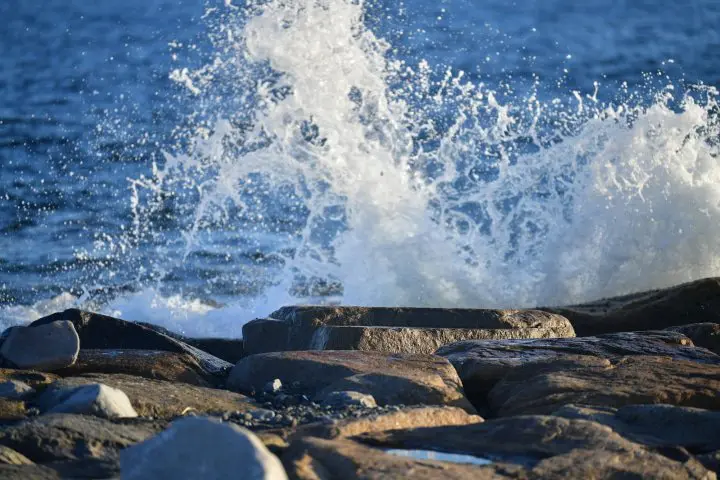
photo by Pixta
Tsunamis are ocean waves that can be triggered by large earthquakes that occur by the coast. They are different than waves caused by wind and tides, and can travel further inland than normal waves. Tsunamis are powerful, move very fast, and are destructive to buildings and, of course, people.
The highest tsunami waves triggered by the 2011 Tohoku Earthquake are thought to be around 17 meters high (55 feet), causing damage to hundreds of thousands of buildings and taking many lives in northern Japan.
What to Expect During a Tsunami
In most areas by the sea, where there is a risk of tsunamis, there will be a siren system to warn citizens of potential threats. Should you hear these sirens, get away from the sea to a higher elevation as quickly as you can.
During tsunamis, there is a real danger of wooden buildings and structures collapsing. The best and safest option is to get to higher ground, but if there is not enough time for that, look for a concrete building and go to the highest story you can.
Flooding and other damage from the tsunami can be long-lasting; take appropriate safety measures when returning to your lodging or home after the disaster. Be careful of parts of structures that can collapse or suddenly come crashing down after being weakened by the tsunami.
Typhoons
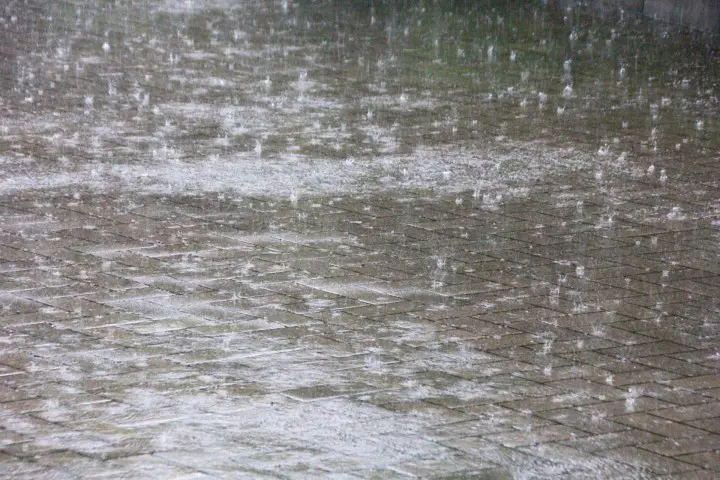
Every summer and autumn in Japan typhoons come to Japan from the south. Typhoons are tropical cyclones, which bring strong wind and heavy rain when they come inland. Due to these severe conditions, there are often delays or service suspensions in the transportation system, and shops and businesses will close.
What to Expect During a Typhoon
Don't try to head outside in the case of a severe typhoon. Strong rain and wind can make it nearly impossible to walk outside, and as mention above, trains will often be delayed or suspended, and stores may also close. It is best to stay in your lodging and relax while waiting for the storm to end.
Typhoons in general gradually slow down and become weaker as they move north. Due to this there are hardly any typhoons in Hokkaido.
For those traveling to Okinawa, July to September is typically when the most typhoons occur. If you’re planning a summer trip to this southern destination, pay close attention to the weather forecast.
If you’re going to be in Japan during the winter, you don’t have to worry about typhoons at all.
Read also
Beware of the Rainy Season and Heavy Rains
June in Japan is when the rainy season called tsuyu starts. If your trip happens to be in June, plan it well, after giving much thought to the potential rain. We recommend equipping yourself with rain gear and to try avoiding too many outdoor activities and events.
In case of heavy rains, try to stay far away from mountains and rivers. Mountains could be dangerous because of landslides, and the water level could rise and rivers could flood.
Also, if you’re staying underground, beware of possible water damage and floods. If you encounter a typhoon or a rainstorm, look for shelter somewhere above ground.
Read also
Heavy Snow
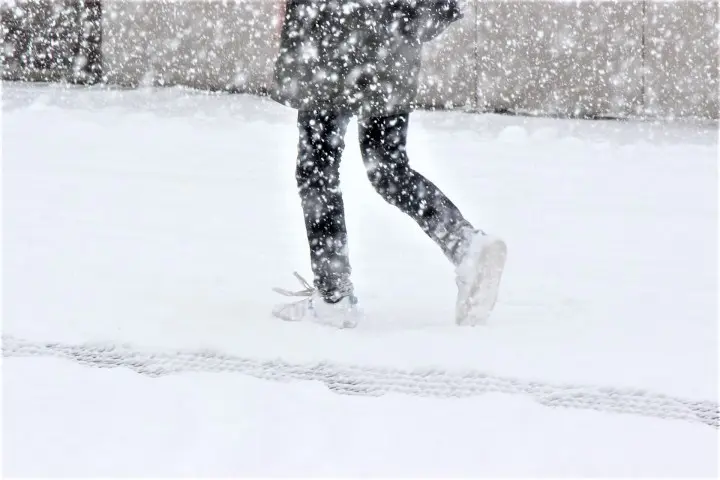
A common trait of Hokkaido, the Tohoku Region, Niigata Prefecture and other areas by the Japanese Sea, is heavy snow during winter. Even if you are used to snow, it is difficult to move around in these areas. Loss of electricity, gas, and water supply system malfunctions can also happen. Be prepared with warm clothes and provisions just in case.
In large cities such as Tokyo, where heavy snowfall is rare, even a few centimeters of snow cover can cause serious disorder with public transportation and traffic. There will likely be delays or suspended service for trains, which will make public transportation, in general, more crowded.
In Case of Heavy Snow
Two scenarios you should be aware of in case of heavy snow are avalanches and traffic accidents.
Avalanches often happen when there are steep hills nearby, and occur suddenly. If you end up buried under piles of snow, you will be immobilized, so avoid walking near hills and slopes when possible.

There are icy roads, which are slippery for cars; when you’re walking down the road, it is important to pay attention to cars. Sidewalks will also be slick and hard to walk on for pedestrians.
It is best to avoid going outside altogether, but if that is impossible, head out wearing slip-resistant shoes. Don’t forget to protect yourself from the cold weather, too.
Flights will sometimes be canceled too, so remember to check in advance.
On the other hand, there are ways to enjoy the winter season and snow. In regions with heavy annual snowfall, there are winter festivals, various snow activities, and other events you can enjoy, like the Sapporo Snow Festival with ice and snow sculptures.
Read also
Volcano Eruptions

photo by Pixta
It is said that wherever you dig in Japan, you’re bound to find a hot spring (onsen). This means there is a great amount of magma lying beneath the surface of the land. Over seventy percent of Japan is covered in mountains, and some of these ranges include volcanoes. As a matter of fact, Mt. Fuji is a volcano, as well.
Contrary to earthquakes, it is possible to predict volcanic eruptions. There is always a warning if a great eruption is expected to occur. Usually, a series of weaker earthquake tremors occur and you can see smoke gushing out of the crater. In case of signs like these, a warning will be issued. Make sure to check the news before heading out for, or during, a trip.
What to Expect During an Eruption
To protect yourself from the ashes and other dangers during an eruption, use a towel to cover your nose and mouth. Also, the eruption often sends rocks and debris flying everywhere, so stay inside.
Disaster Preparedness for a Pleasant Trip
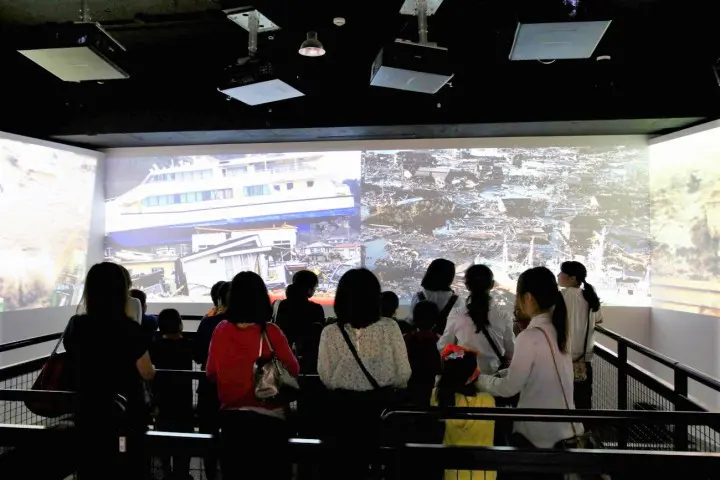
Picture from Stay Safe: The Yokohama Disaster Risk Reduction Learning Center
There are many facilities organizing disaster-prevention simulations to help you learn how to prepare for emergency situations. At Ikebukuro Life Safety Learning Center and the Yokohama Disaster Risk Reduction Learning Center
, you can take part in similar exercises for free, so you can learn and memorize how to deal with emergency situations.
In addition, you can read the latest disaster and emergency information via JNTO’s (Japanese National Tourism Organization) website (Safety tips for travelers) and application (iOS/ Android).
Nature and Japanese Culture in Harmony
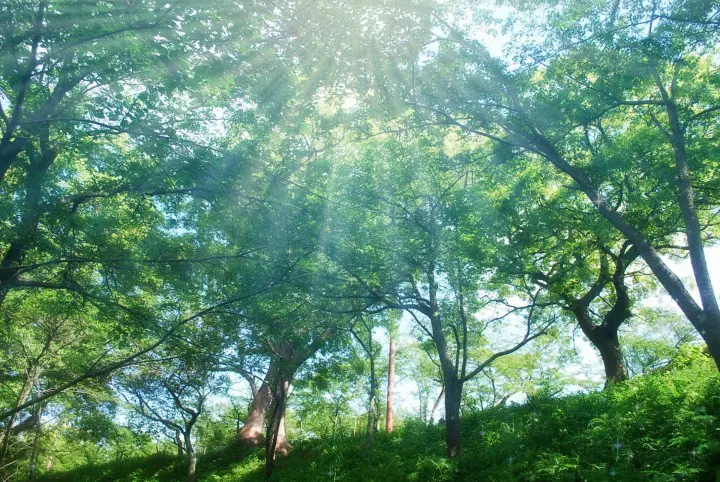
Japan may be a country where natural disasters often occur. Still, much of Japanese culture has developed as result of these natural disasters. There are volcanoes, but there are numerous hot springs. Architecture here is very advanced here to counter earthquakes, typhoons, and heavy snows.
Both Japan and its culture matured thanks to the constant struggle on how to exist harmoniously with nature. We hope you will continue to love Japan with all of its wonders, including its untamed natural environment.
Read also
The original article written by: Hiromasa Uematsu
*This is a rewritten version of an article published on May 17, 2015.
This is the official account of MATCHA's editorial department. Our articles feature useful travel information for visitors to Japan, from how-to guides to recommended places to visit.











































![[Coupon Available] Attention Overseas Winter Sports Fans! Nagano's Sports Depot Has Evolved](https://resources.matcha-jp.com/resize/720x2000/2026/01/05-254819.webp)
![[2 hours from Tokyo ] 10 Quiet and Breathtaking Views of Mount Fuji in Yamanashi Hokuto City , Yamanashi - Part 2](https://resources.matcha-jp.com/resize/720x2000/2025/12/16-253037.webp)

![[Reopening in March 2026] Ikoma Sanjo Amusement Park Park, 45 minutes from Osaka , with free admission](https://resources.matcha-jp.com/resize/720x2000/2024/08/28-194409.webp)
![[Gunma] 5 recommended gourmet foods at Kawaba Denen Plaza Roadside Station!](https://resources.matcha-jp.com/resize/720x2000/2025/02/26-225970.webp)